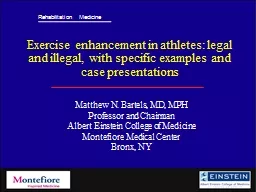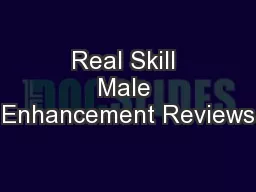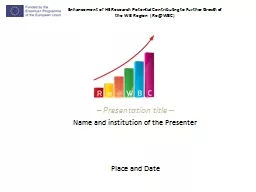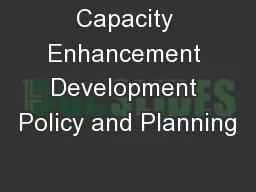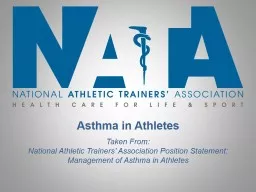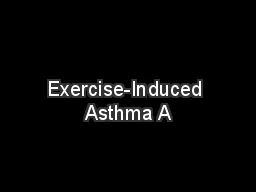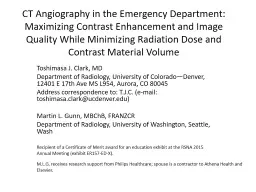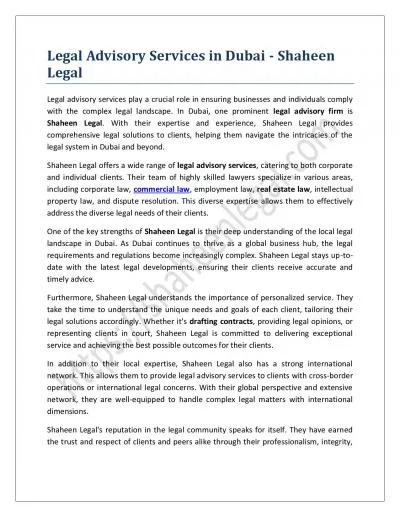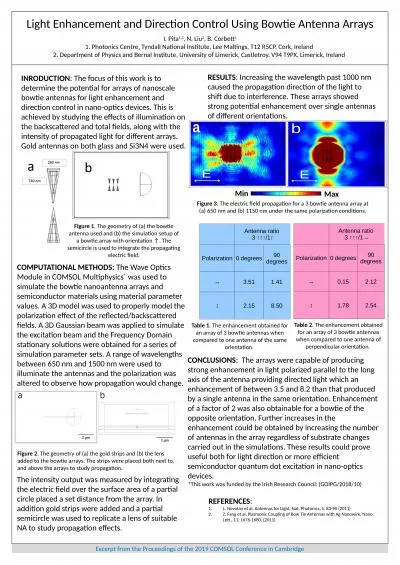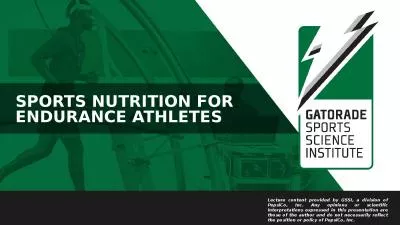PPT-Exercise enhancement in athletes: legal
Author : celsa-spraggs | Published Date : 2020-04-08
and illegal with specific examples and case presentations Matthew N Bartels MD MPH Professor and Chairman Albert Einstein College of Medicine Montefiore Medical
Presentation Embed Code
Download Presentation
Download Presentation The PPT/PDF document " Exercise enhancement in athletes: legal" is the property of its rightful owner. Permission is granted to download and print the materials on this website for personal, non-commercial use only, and to display it on your personal computer provided you do not modify the materials and that you retain all copyright notices contained in the materials. By downloading content from our website, you accept the terms of this agreement.
Exercise enhancement in athletes: legal: Transcript
Download Rules Of Document
" Exercise enhancement in athletes: legal"The content belongs to its owner. You may download and print it for personal use, without modification, and keep all copyright notices. By downloading, you agree to these terms.
Related Documents

